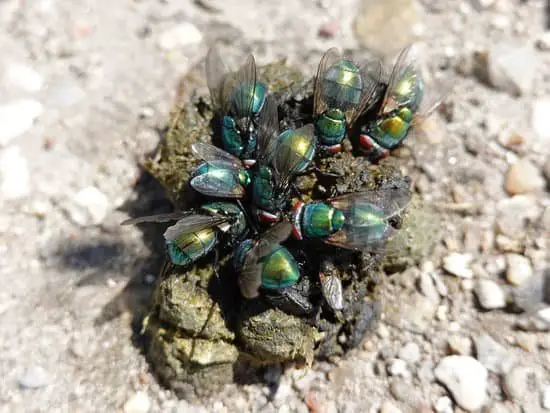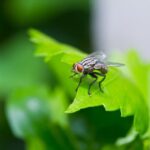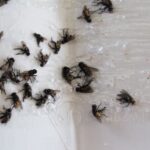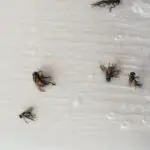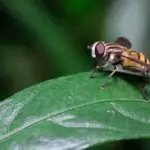What Do Crane Flies Eat?
Crane flies are an important ecological creature that plays an important role in the decomposition of organic matter. They enrich soil and enhance habitats. They are beneficial to humans and wildlife alike. You can attract them to your yard by adding bird feeders or bird baths. Their larvae feed on decaying wood and vegetation in moist soil. They do not bite, sting, or draw blood. They are harmless and only appear for a few days.
Although many people mistake these flies for mosquitoes, they are not the same species. Mosquitoes are much smaller than crane flies and can sneak up on humans and animals. Crane flies are entirely different species and do not feed on humans or animals.
Crane flies are beneficial for soil ecosystems because their larvae are useful for increasing the microbial activity. Their larvae feed throughout winter and enter a resting stage before hatching into adult crane flies. Once the adults emerge from their ovipositor, they do not need to feed anymore. Their short lifespan allows them to feed on plant nectar and pollen, but they do not need to feed all the time.
Crane flies have four stages in their lifecycle. During the third instar, the larvae overwinter in soil, while the fourth instar is a critical stage for pupation. They can lay up to 300 eggs during their lifetime. During this time, their larvae grow to about two inches long, and will eat vegetation for several weeks. Once mature, they will begin mating and begin to lay eggs.
